For vinyl collectors, the type of pressing, whether limited or standard, is more than just a label. It often determines the album’s desirability and future worth. Pressing types can significantly impact everything from the sound of a record to its market value years later. Understanding the basics of each variant is critical when deciding which records to pursue. This knowledge helps collectors assess not just the vinyl sound quality, but also its investment potential. Whether you're just learning how to collect vinyl or you're a seasoned buyer, the pressing type shapes your overall collecting experience and decisions.
Understanding Limited Edition Vinyl
Defining The Characteristics
Limited edition vinyl releases are intentionally produced in small quantities, often with a predetermined cap on the number of copies that will be made. These editions may be individually numbered or accompanied by certificates of authenticity. Labels may also include exclusive artwork or hand-signed inserts to increase their appeal. Such features make these pressings highly attractive to collectors. Unlike standard editions, they’re not reissued endlessly, which adds to their sense of exclusivity. The physical and visual presentation sets limited pressings apart, offering an experience packaged with collectible value.
The Role of Scarcity in Perceived Value
The scarcity of a limited vinyl pressing plays a major role in its market appeal. When a record is released in small quantities, collectors are often motivated to buy quickly, fearing they might miss out. This urgency can drive demand far beyond initial production expectations. The idea that there are only a few hundred or thousand copies in circulation creates a sense of rarity, often making these records more desirable, even when the sound quality is identical to standard pressings. This dynamic is crucial in determining the value of vinyl, particularly when scarcity is associated with a significant moment in an artist’s career.

Packaging, Color Variants, and Bonus Content
One standout feature of rare vinyl records is their distinctive packaging. Limited pressings frequently include gatefold sleeves, colored vinyl variants, picture discs, or holographic covers. Some editions offer bonus content, such as demo tracks, live recordings, or expanded liner notes. Others include posters, lyric booklets, or exclusive artwork from collaborating visual artists. These thoughtful additions go beyond functionality, transforming the record into a multidimensional collector’s piece.
Standard Pressings and Sound Quality Consistency
Advantages of Mass-Production Quality Control
Standard vinyl releases benefit from large-scale production processes, which often ensure a consistent quality level across copies. Pressing plants handling these records typically implement rigorous testing during every stage, from lacquer cutting to final inspection. This consistency reduces the likelihood of major defects. For collectors who value reliability and want a playable copy without chasing exclusivity, standard editions provide a practical option. It’s also easier to purchase these records without inflated costs, making them a dependable choice for everyday listening.
Mastering and Plating Quality
A standard pressing can deliver incredible sound when the mastering and plating stages are executed with care. The mastering engineer’s choices directly affect how the final product sounds. Plating, which involves creating the metal stampers from lacquer cuts, must be handled carefully to preserve sonic detail. Standard editions made by reputable labels often involve experienced engineers who know how to optimize for vinyl. While these pressings might lack the novelty of limited runs, they still reflect thoughtful production decisions that influence the vinyl pressing quality.
Pressing Plant Reputation
Standard editions from respected facilities typically exhibit minimal surface noise, proper center alignment, and flat pressings. Paying attention to the plant behind a pressing provides helpful insight into what to expect. For those seeking quality record pressings, knowing production origins is just as crucial as considering the album itself.
Evaluating Vinyl Sound and Physical Quality
What Matrix Numbers and Dead Wax Reveal
These subtle inscriptions can provide a deeper layer of understanding that goes beyond visual condition or playback performance. Below are explanations of what these etchings can reveal:
- Pressing Origin: Matrix numbers often begin with a code that points to the pressing plant, offering a foundational clue to where and when the record was manufactured. Different plants may use distinct identifiers that help trace the origin of a pressing. For instance, certain U.S. plants like Monarch or Columbia have known markings, allowing collectors to pinpoint specific regional pressings. Identifying the pressing origin is particularly important when distinguishing between original and subsequent pressings, as reissues may come from different plants with varying levels of quality control. In some cases, records pressed from the same master lacquer at different plants can sound slightly different due to variances in equipment and materials. Understanding the pressing origin thus allows collectors to assess a record's value and authenticity better.
- Mastering Engineer: Another valuable detail etched into the dead wax is the identity of the mastering engineer. Engineers often inscribe their initials or unique symbols into the runout area, and these marks can carry significant weight within the collector community. Recognized names like "RL" (Robert Ludwig), "GP" (George Peckham), or "TJ" (Tim Young) are associated with high-quality audio mastering. The presence of a particular engineer's signature can indicate exceptional sonic quality, especially for albums where mastering has a substantial impact on playback clarity and dynamic range.
- Lacquer Cut Number: The lacquer cut number typically appears as a suffix to the matrix number, often taking the form of a dash followed by a numeral or letter (e.g., "-1" or "-A"). This number indicates the sequence in which the lacquer was cut, with lower numbers signifying earlier generations. Early cuts are generally considered more desirable because they are closer to the original source and tend to offer better fidelity due to minimal generational loss. Over time, stampers wear out, and replacement lacquers must be created—each additional cut introduces potential variations in sound.
- Side Designation: Side markings in the dead wax, such as "A" or "B," serve a practical purpose by confirming that the record’s sides are correctly sequenced and matched. This is especially helpful when labels are misprinted, worn, or missing entirely. In some complex box sets or double LPs, side pairings (e.g., Side A with Side D) may be unconventional, and dead wax designations help sort them out. More subtly, side identifiers can also reveal whether a record was pressed from the same master across multiple sides or if different lacquers were used. Occasionally, variants will include corrections or alternate cuts marked by different side codes (e.g., “A2” instead of “A1”), signaling a revision or technical adjustment. This attention to detail is crucial for archivists who strive for completeness in their collections.
Though often hidden in plain sight, the dead wax is a treasure trove of information that enriches the understanding of a vinyl record’s history and production nuances.

Playback Issues
Surface noise, caused by dust or groove wear, may range from a light hiss to persistent crackles that interfere with listening. Warping can lead to tracking issues or stylus jumps. Even shrink-wrapped records can suffer from edge warps if stored improperly. Scuffs and scratches are also common, but don’t always result in audible flaws. It's important to inspect records closely and play-test when possible. Awareness of these factors helps reduce buyer regret and improve long-term satisfaction.
Heavier Vinyl vs. Mastering Source Importance
There’s a widespread belief that thicker records always sound better, but pressing weight is just one of many contributing factors. A 180-gram record may feel more premium, yet if the audio source is a low-resolution digital file, it won’t provide much sonic benefit. Instead, the mastering source has a more direct influence on how the record sounds. Many standard-weight records mastered from quality sources outperform heavier ones made from poor masters.
Market Value and Collectibility Factors
Tracking Historical Sales and Condition Grades
Understanding how a record's price has changed over time gives collectors a better sense of when and what to buy. Historical sales data helps identify trends and anticipate future fluctuations in market value. Websites and forums often track average sale prices based on condition, pressing variant, and demand. Grading plays a significant role, with mint condition copies being worth substantially more than those with minor surface wear.
Supply, Demand, and Cultural Trends Impact
The vinyl market is influenced by more than just availability; cultural moments often create sudden spikes in interest. A feature in a popular show, an anniversary reissue, or an artist’s unexpected passing can all lead to a surge in demand. This demand doesn’t always align with supply, and that imbalance can lead to dramatically increased prices. Some albums see recurring popularity due to enduring influence or genre revival, while others only briefly trend. Recognizing these shifts early can give collectors a strategic advantage. Awareness of cultural factors ensures more informed buying decisions and helps collectors avoid inflated pricing in temporary hype cycles.
How Reissues Affect Original Pressing Prices
Reissues make classic albums accessible again, but they also have a direct impact on older pressings. When a high-quality reissue hits the market, interest in the original may cool temporarily. However, original versions often regain status due to their production authenticity and historical value. Balancing original pressings with well-crafted reissues is a smart strategy for collectors focused on valuable vinyl records. Some reissues are mastered with better equipment and provide excellent sound.
Tools for Monitoring Vinyl Record Prices
Knowing the value of a record is essential for both buying and selling with confidence. Today, several digital tools make it easier to assess value by aggregating data from global marketplaces and collector insights. For anyone serious about navigating the world of vinyl prices, leveraging these resources can make collecting a more rewarding experience.
Smart Buying Strategies for Collectors
How to Order Exclusive Vinyl
Limited runs often create urgency, but not every special release is worth the asking price. Researching the pressing details before purchase can reveal whether the exclusivity is genuine or artificially inflated. Avoid rushing into pre-orders unless you're confident in the release's uniqueness. Sometimes it’s wiser to monitor early reviews before committing. Also, subscribing to newsletters from trusted record labels or indie retailers ensures you’re among the first to hear about drops.
Recommended Marketplaces and Shops
Finding the best place to buy vinyl can save collectors from overpriced or misrepresented records. Online websites like Vinyl.com are popular for their variety. Independent record store often curate their inventory and provide more trustworthy grading. Choosing reputable sellers reduces risk and adds peace of mind to every purchase.
Budgeting and Timing Tips
When it comes to collecting high-value vinyl records, timing and financial strategy play critical roles. Below are key tips:
- Set a Monthly Limit: One of the most effective ways to stay financially responsible while collecting is to establish a firm monthly budget specifically for vinyl purchases. This strategy ensures that you prioritize your spending and avoid impulse buys that drain your funds for more meaningful purchases. By creating a set ceiling, you force yourself to be selective, focusing on titles that genuinely matter to your collection rather than every tempting listing that appears online. This limit also encourages you to plan purchases in advance, saving for more expensive finds rather than rushing into multiple mid-tier options.
- Track Spending in a Log: Maintaining a purchase log is a crucial step in understanding your spending habits. Whether in a digital spreadsheet, a note-taking app, or a dedicated collector’s journal, logging your purchases provides insight into how much you're spending, what types of records dominate your budget, and whether you're trending toward overspending or staying on track. This record can include not only price and title but also condition, seller reputation, and shipping costs, providing a more comprehensive picture of each transaction.
- Use Price Alerts: This eliminates the need for constant manual browsing, helping you avoid overpaying due to urgency or fear of missing out. By setting alerts based on your research and desired conditions, you empower yourself to act quickly and confidently when a fair-priced copy becomes available. Price alerts also help establish a sense of market rhythm. Watching what prices trigger alerts over time can reveal when certain albums dip in value or spike in demand.
Being a successful collector means balancing enthusiasm with strategy. When you control your timing and resources, every high-value addition feels more rewarding.
Best Practices for Vinyl Collectors
Essential Tools and Accessories
Maintaining the integrity of your records over time demands the right equipment and materials. A good anti-static brush is essential for keeping dust from settling into the grooves before each play. Inner sleeves made of polyethylene or rice paper provide far better protection than the original paper sleeves that often come with records. Sturdy outer sleeves help protect the cover art from scuffs and UV damage. Investing in a quality turntable mat and a properly balanced tonearm can also reduce unnecessary wear. These are foundational vinyl collector essentials that prolong the life of both the audio and the artwork.
Cataloging Pressing Variants
Keeping track of pressing variant and seller information not only helps organize your shelf but also adds value in the long run. A detailed inventory enables faster lookups when searching for specific editions or verifying authenticity. Cataloging also reduces the chances of accidentally buying duplicates. Some use spreadsheet systems, while others prefer cataloging apps that integrate with Discogs or personal databases. Such a level of organization is beneficial when managing both limited-edition vinyl and standard releases.

Collectors often find themselves weighing personal connection against technical performance. An album might hold deep sentimental meaning, even if its pressing isn’t the most sonically pristine. Others pursue the cleanest sound possible, prioritizing well-mastered releases over nostalgia. Successful collectors learn to strike a balance between the two. A cherished record with surface noise may hold more joy than a flawless version lacking emotional resonance. When evaluating the sound quality of vinyl, it’s helpful to recognize the role of sentiment and how it affects your enjoyment.


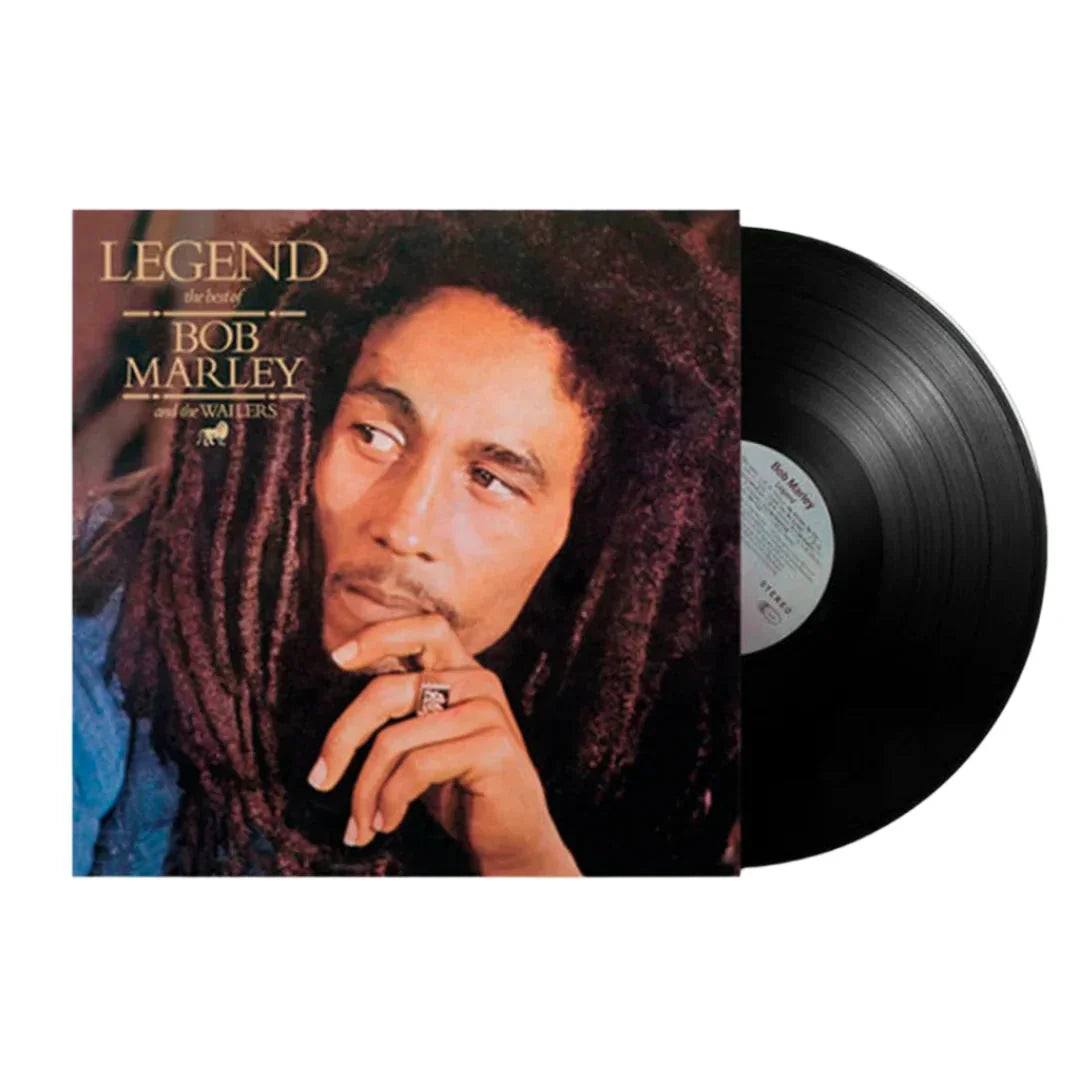

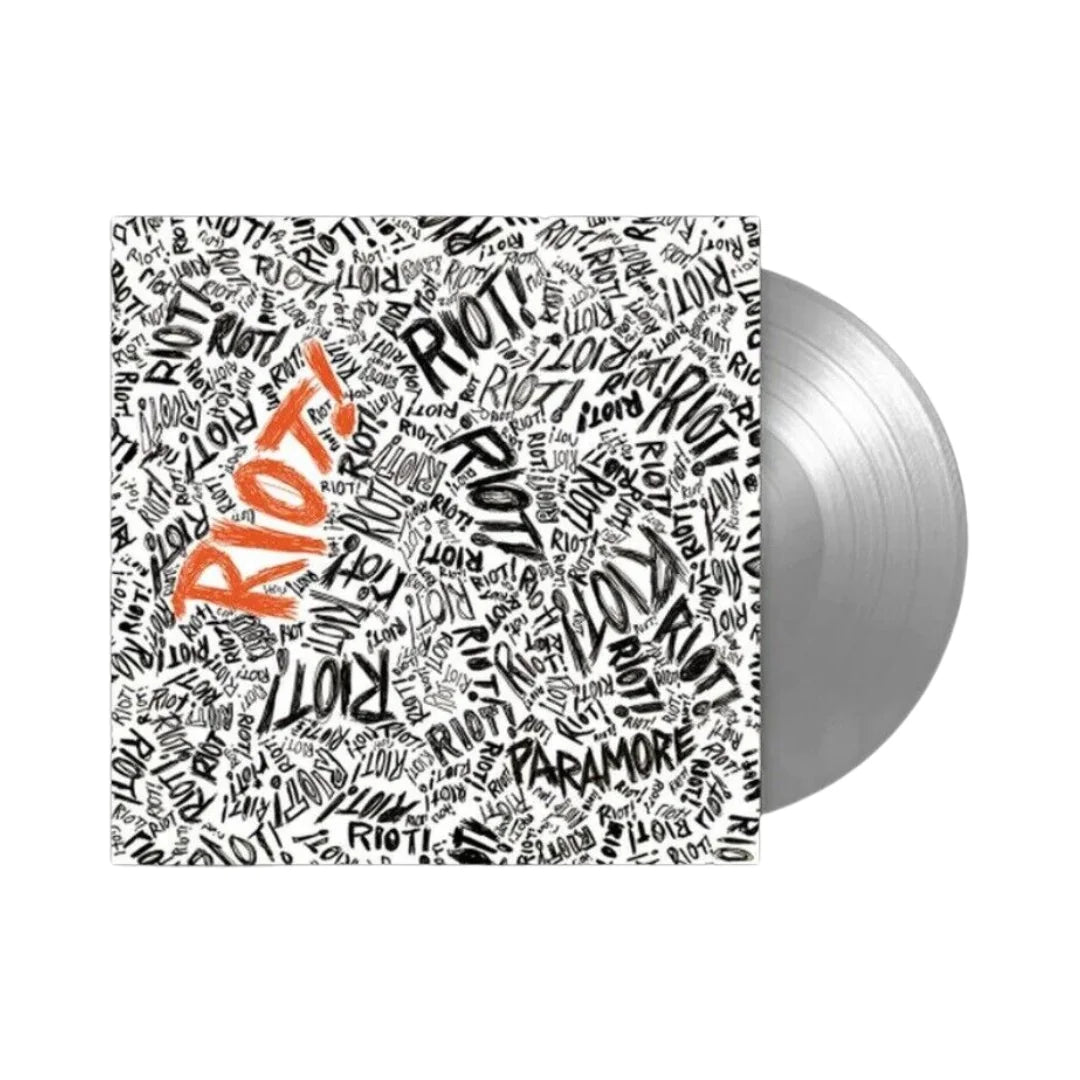
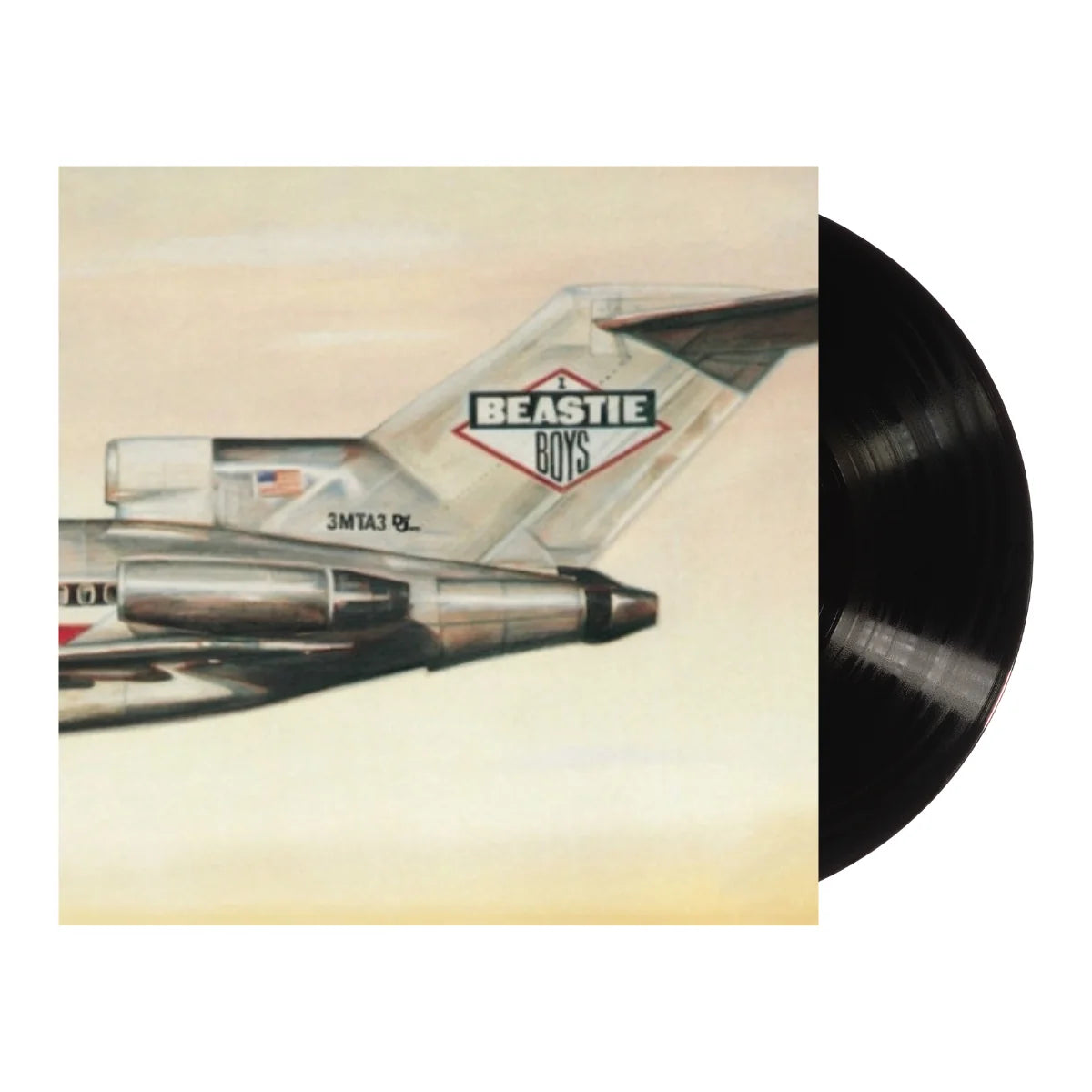
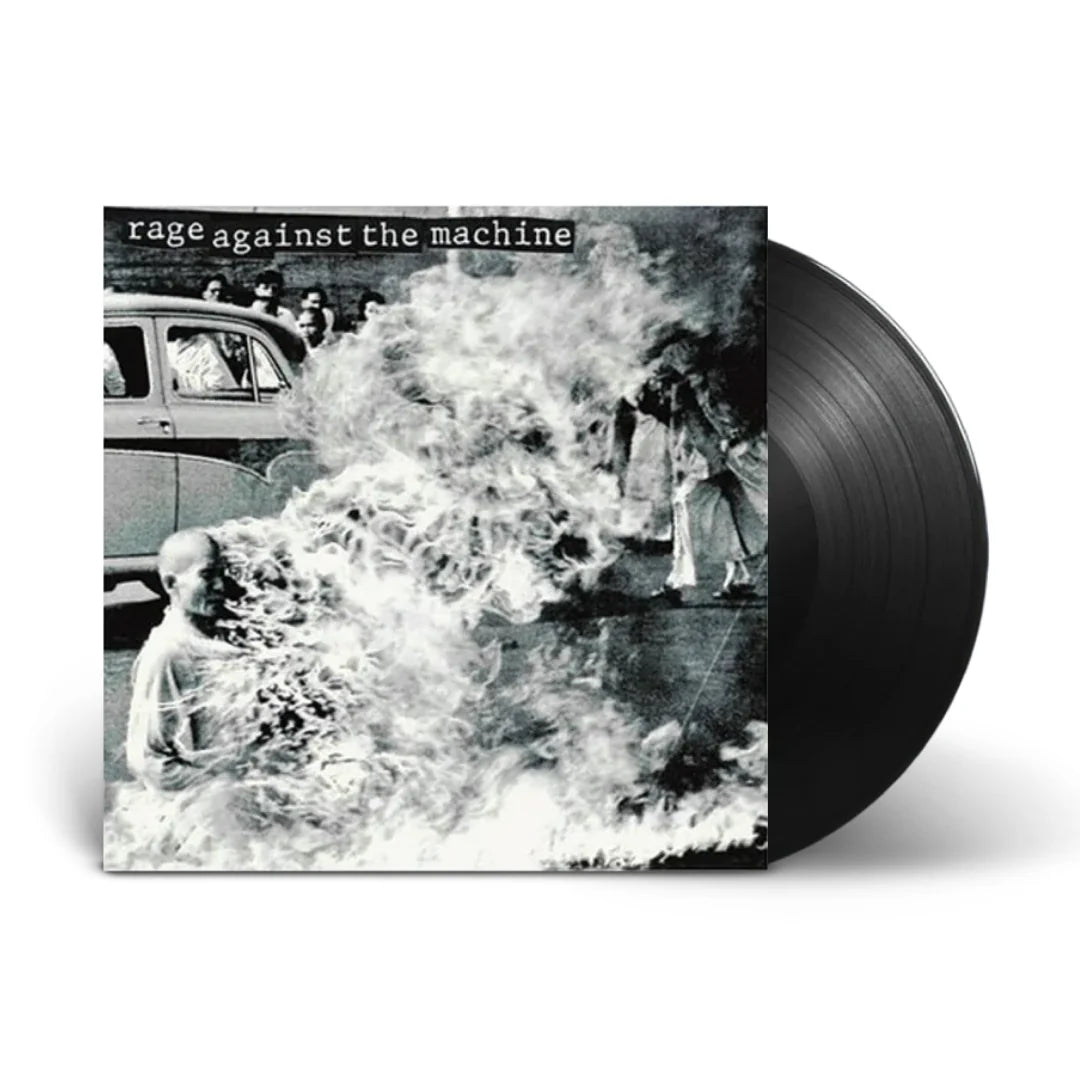
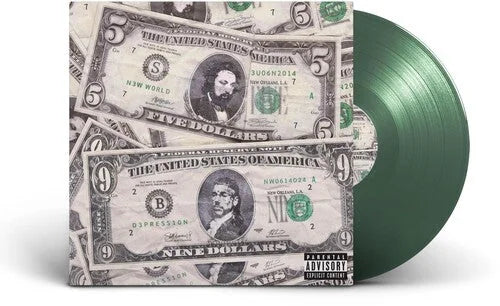
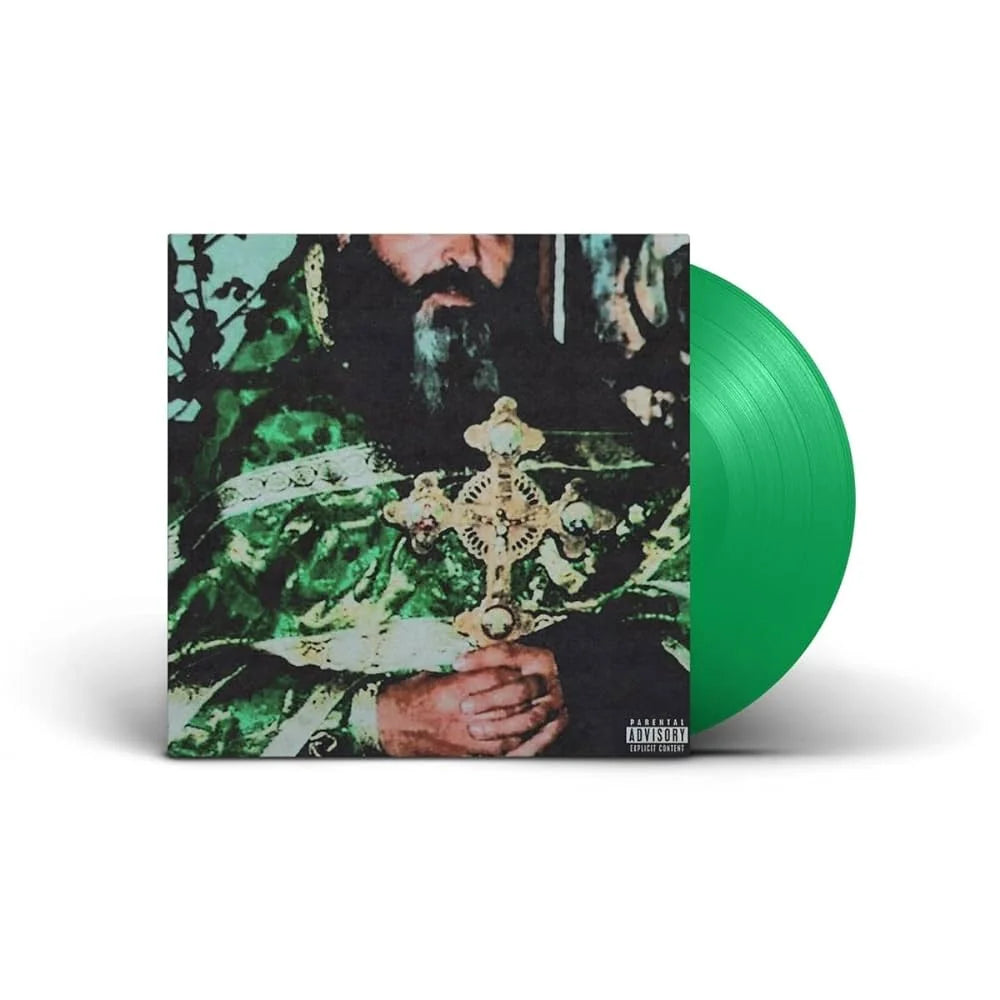
![$Uicideboy$ - Thy Kingdom Come [Clear]](http://vinyl.com/cdn/shop/files/4435583-3407920.jpg?v=1754460746&width=5760)
![(hed) p.e. - New And Improved [Pink]](http://vinyl.com/cdn/shop/files/4425252-3389420.jpg?v=1746578880&width=5760)




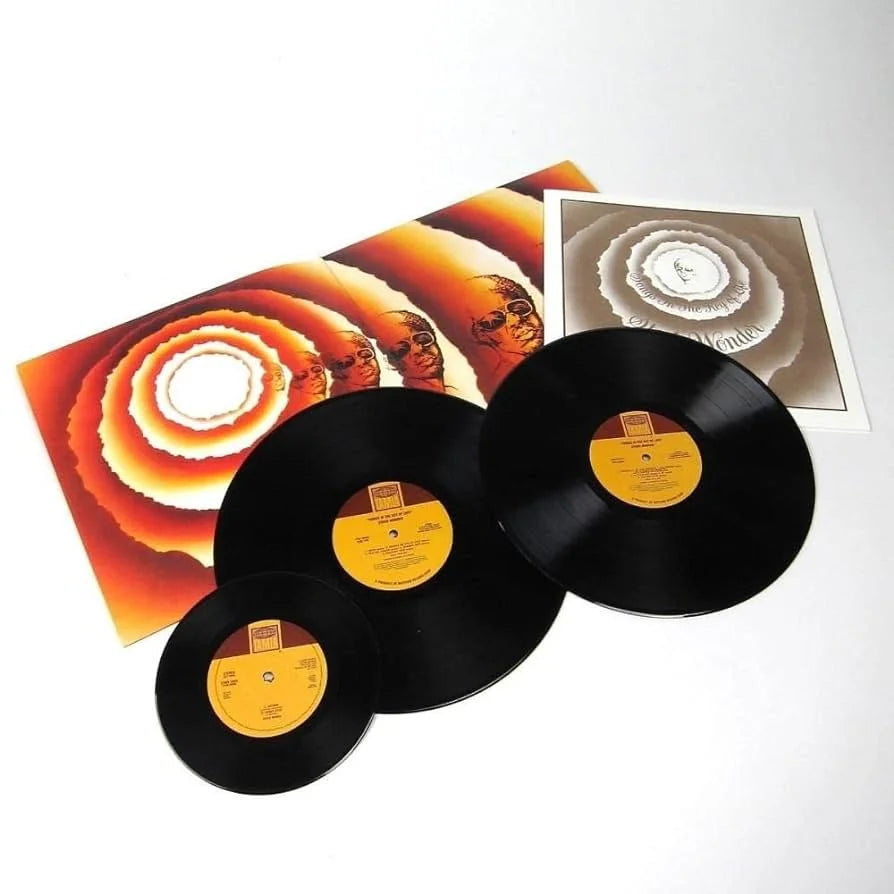
![The Grateful Dead - The Music Never Stopped [6LP Box Set]](http://vinyl.com/cdn/shop/files/The_Grateful_Dead-The_Music_Never_Stopped__6LP_Box_Set.jpg?v=1747729623&width=5760)

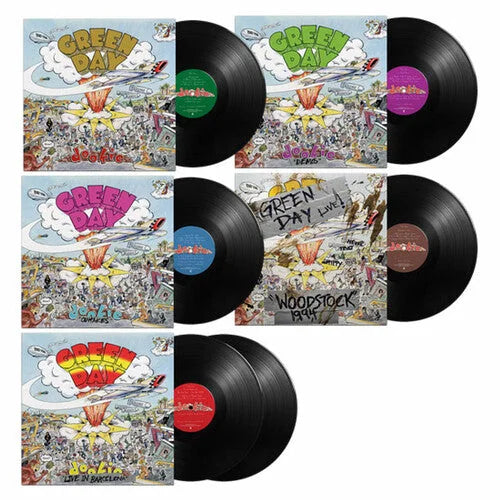


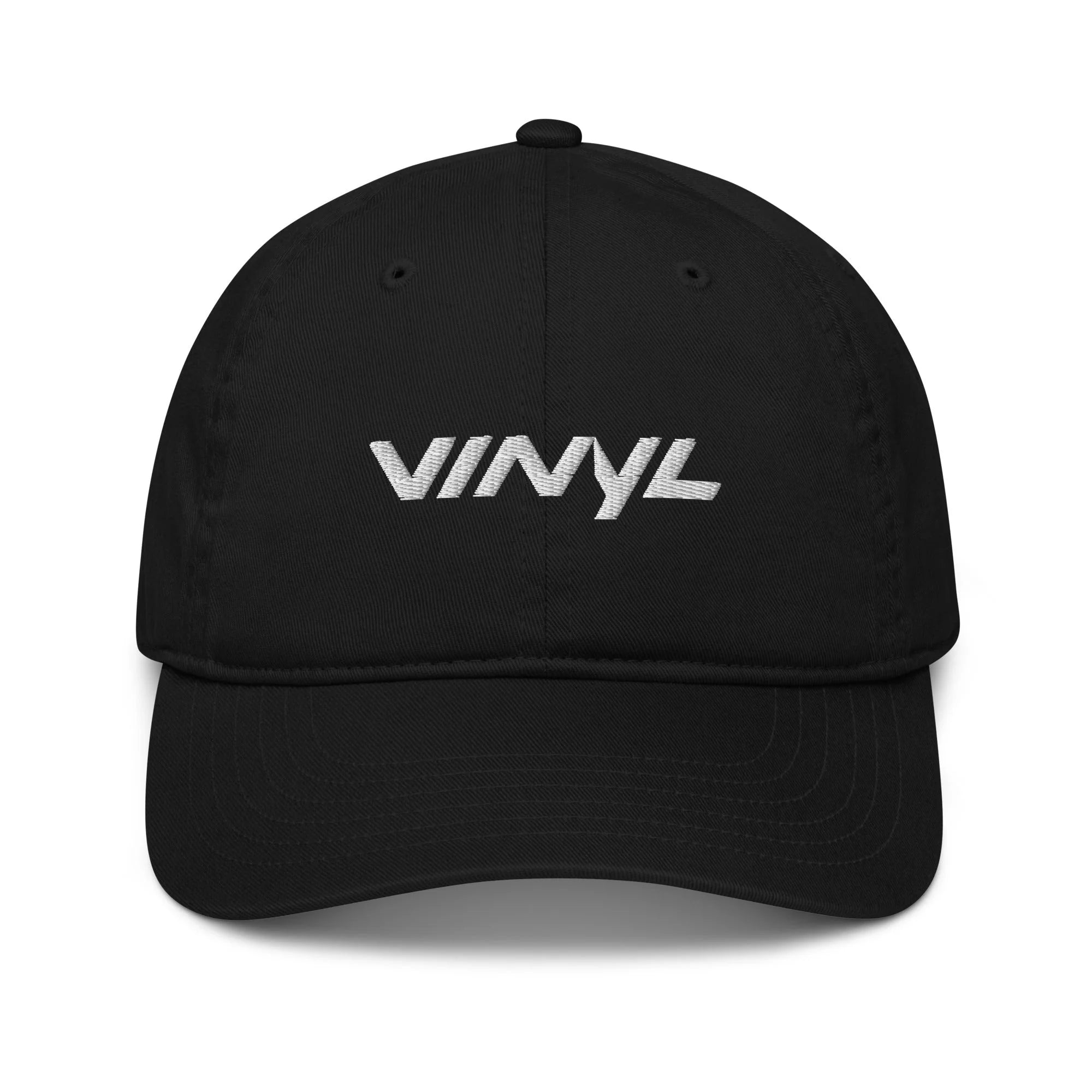

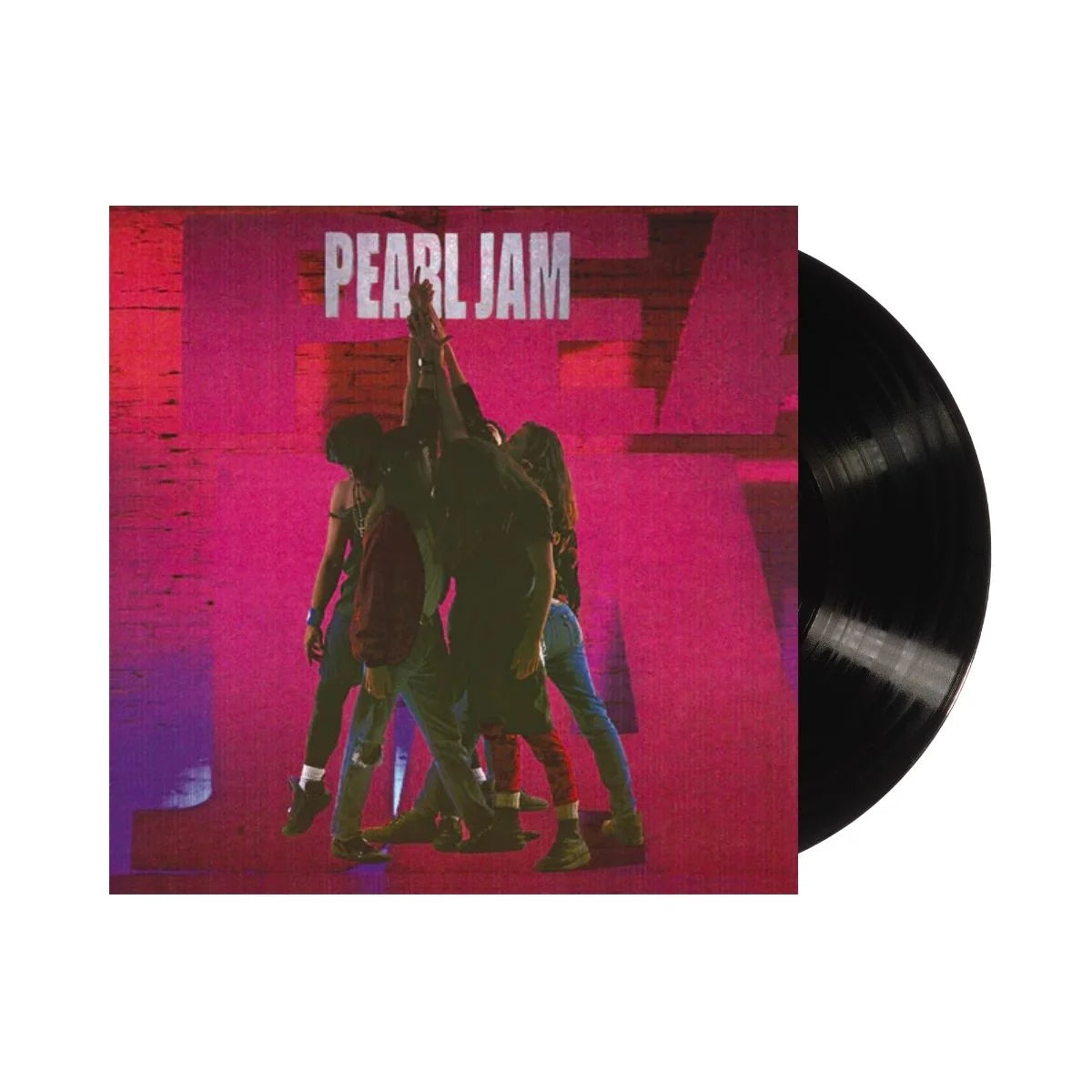
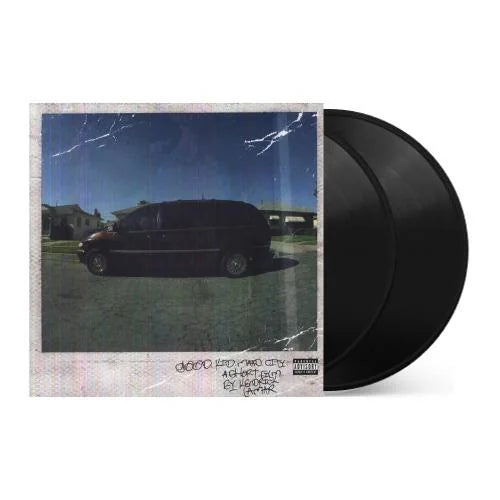
![Taylor Swift - 1989 (Taylor's Version) [2LP Crystal Skies Blue]](http://vinyl.com/cdn/shop/files/taylor_swift_1989_taylors_version.jpg?v=1734389117&width=5760)
![Taylor Swift - folklore [Beige 2LP]](http://vinyl.com/cdn/shop/files/477929-Product-0-I-637317959467683009_grande_a6f82db0-1cb7-45c5-8892-ed79af261e80.webp?v=1736750683&width=5760)
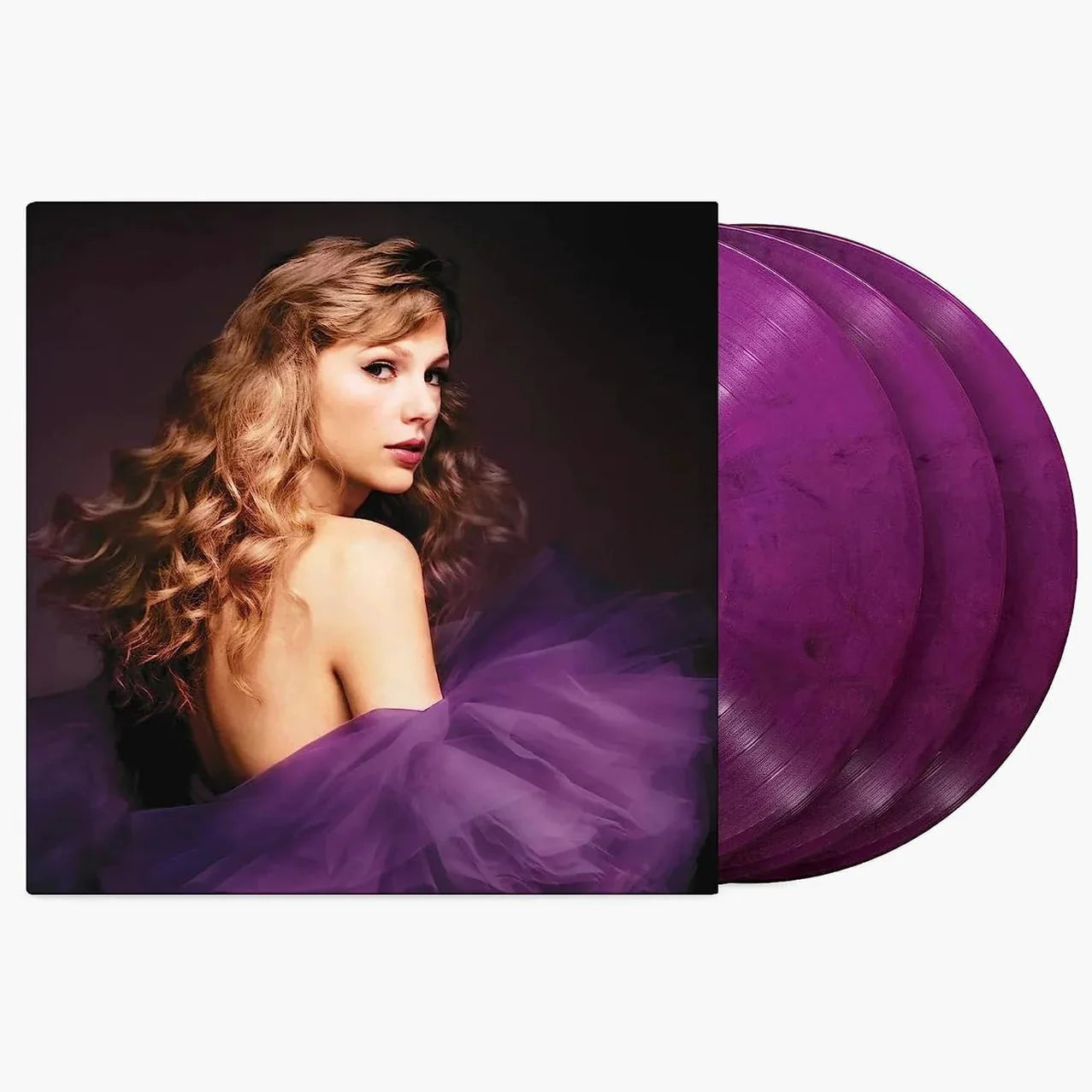
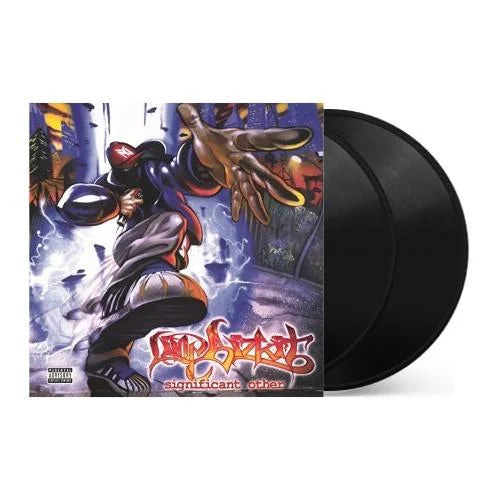
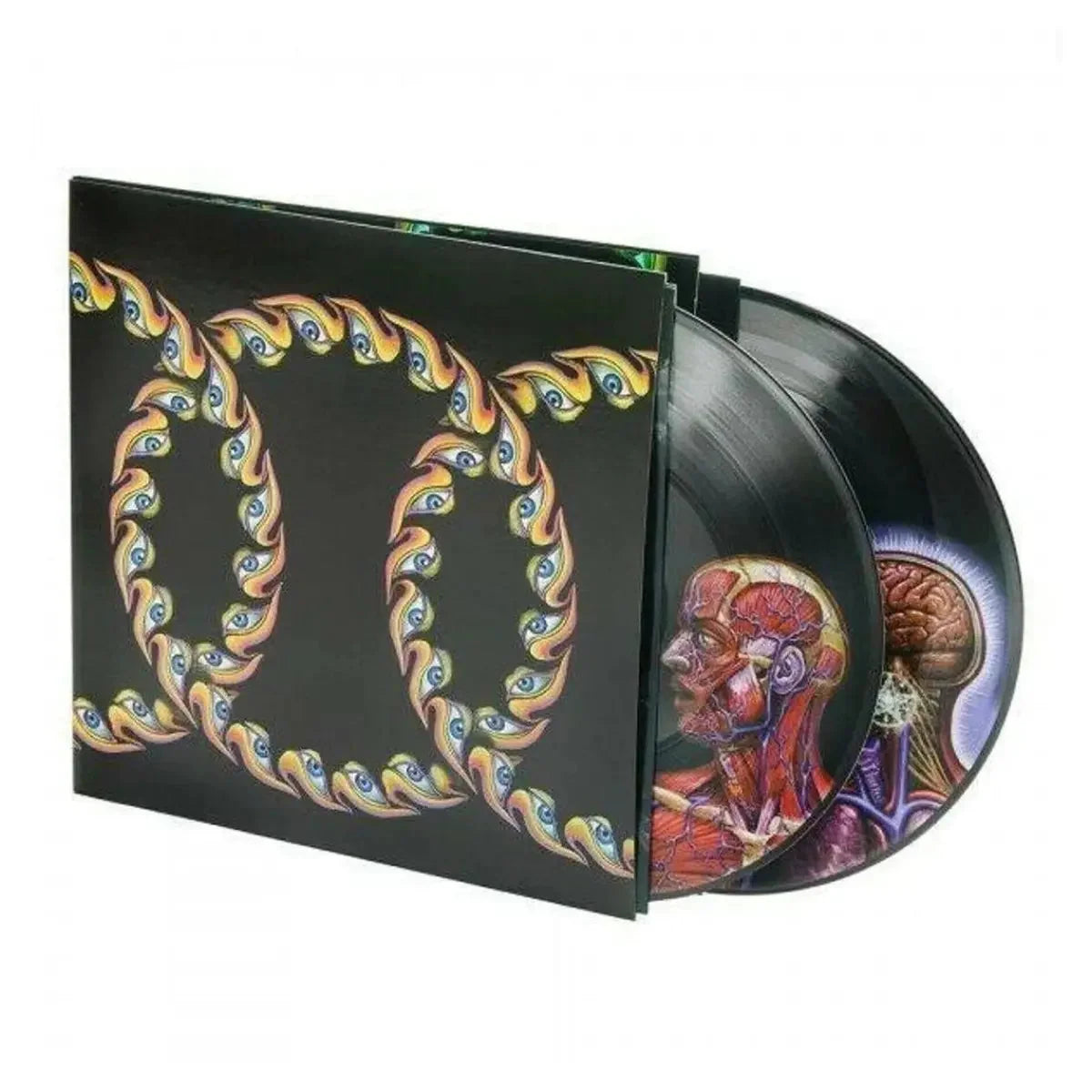
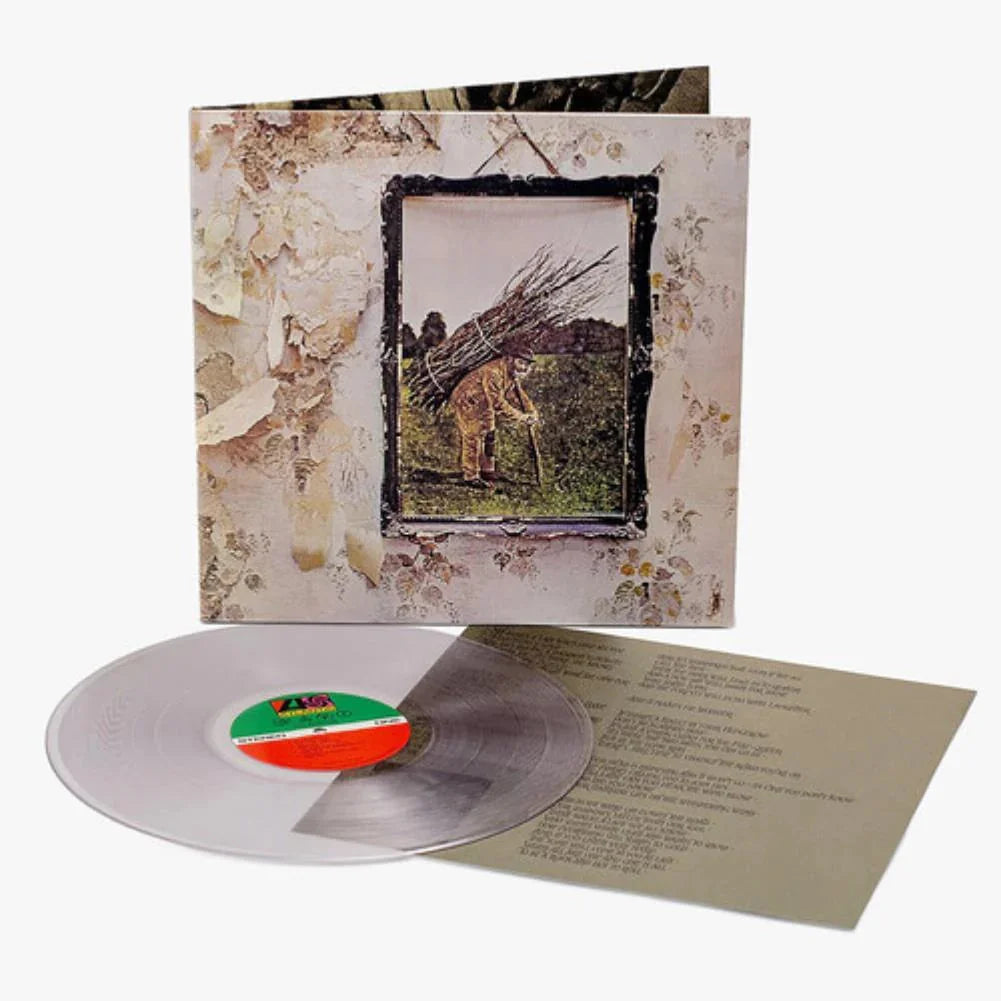
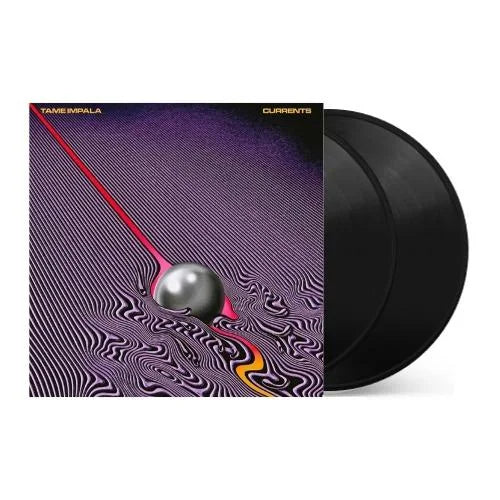
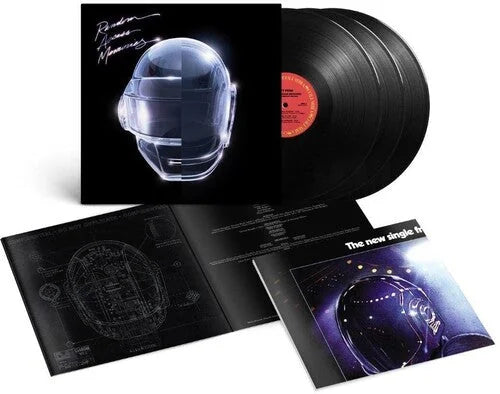


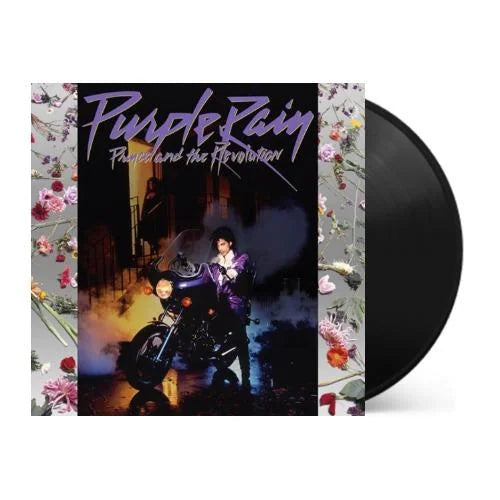

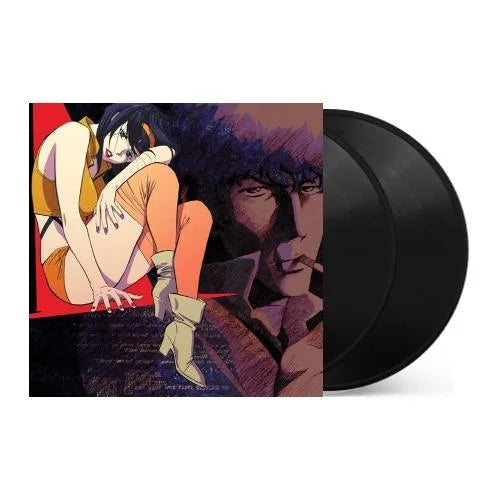
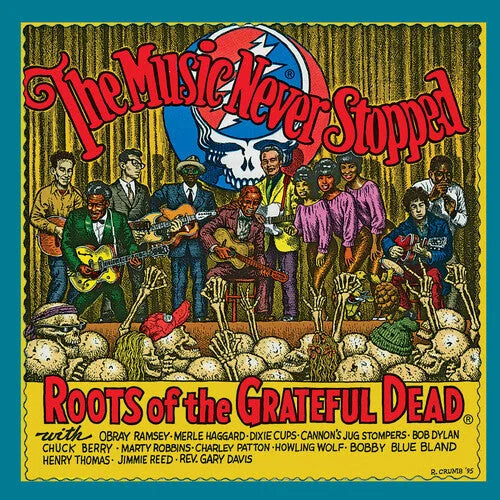
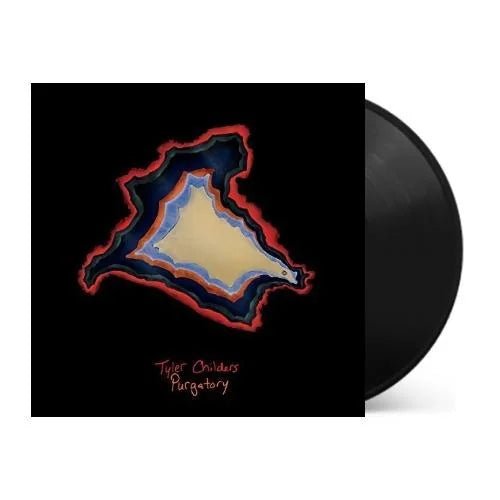
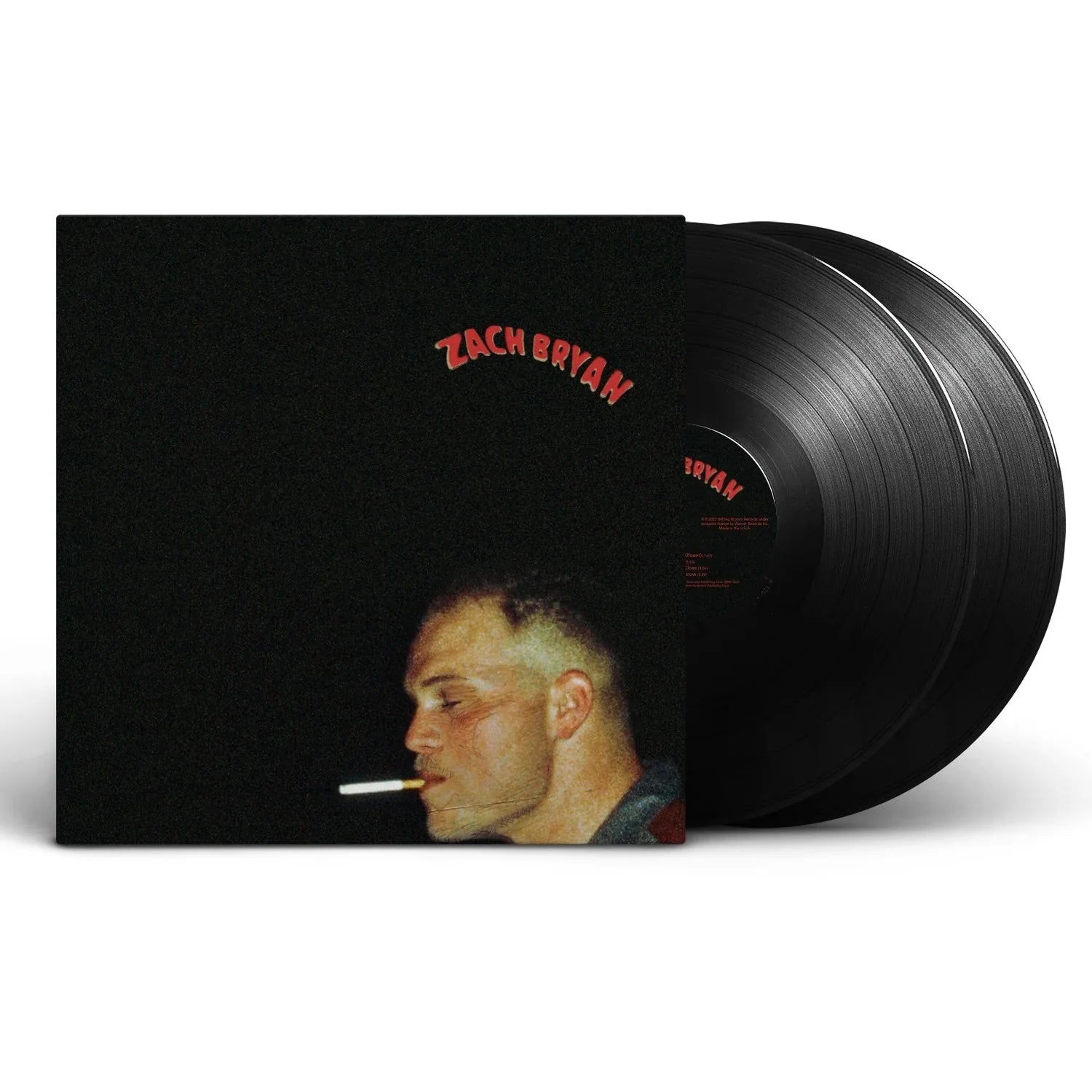
![Grace Jones - Nightclubbing [Gold]](http://vinyl.com/cdn/shop/files/4407705-3329230.jpg?v=1742429522&width=5760)

![Debbie Harry - KooKoo [2LP Clear]](http://vinyl.com/cdn/shop/files/4025259-2960387.jpg?v=1682465873&width=5760)
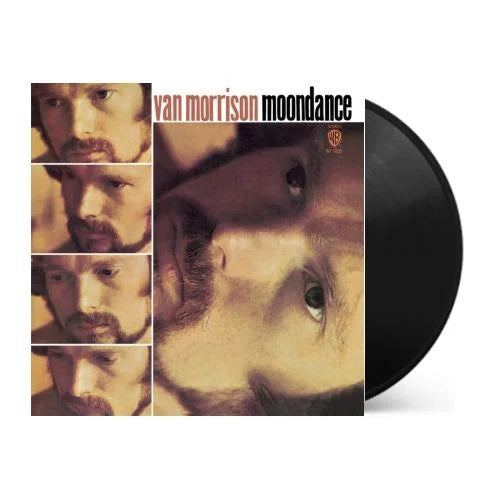
![Miles Davis - Kind of Blue [180-gram]](http://vinyl.com/cdn/shop/files/Y4LPMD03.webp?v=1742198237&width=5760)
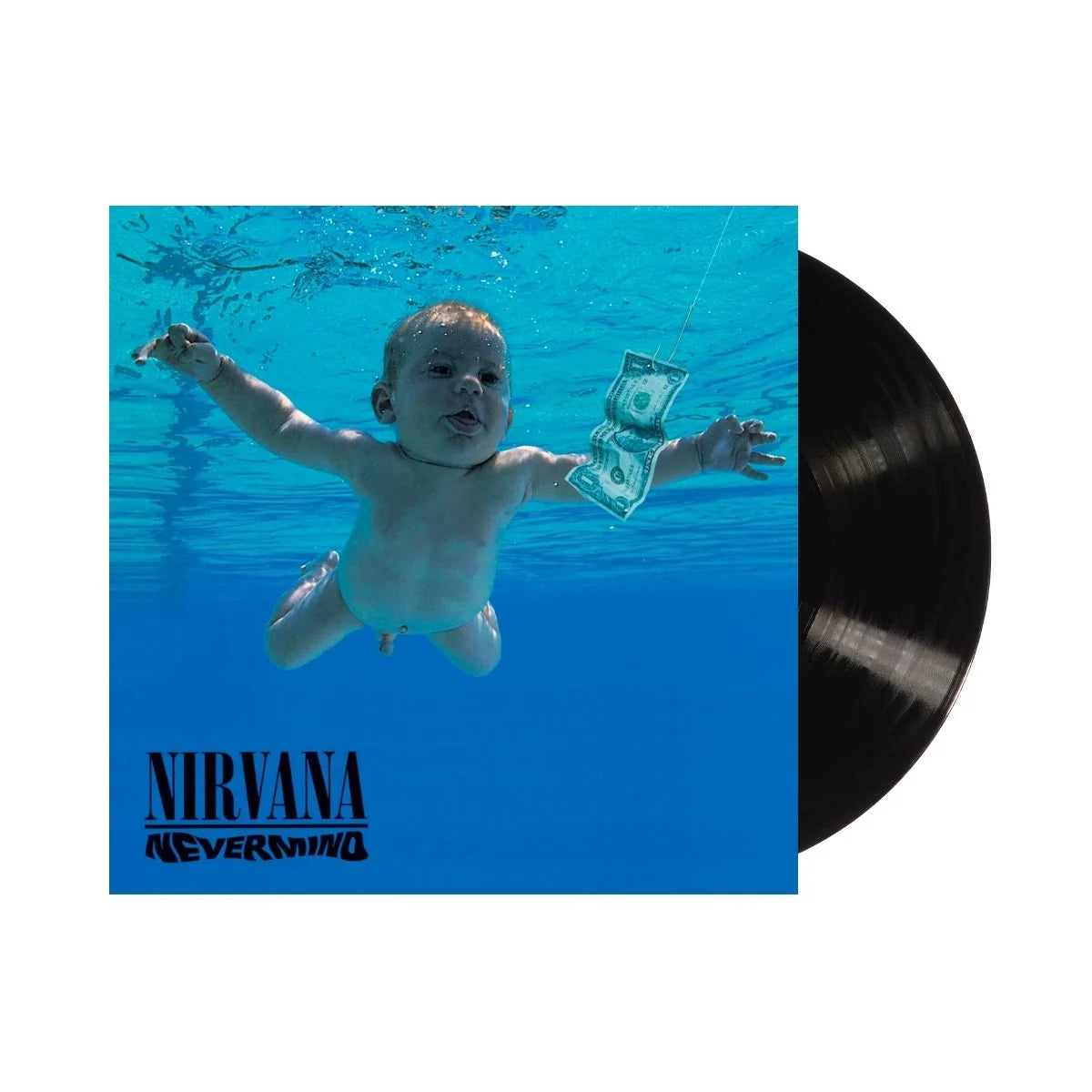


![Transformers: The Movie (Original Soundtrack) [Unicron Marbled 180-Gram]](http://vinyl.com/cdn/shop/files/4417308-3378319.jpg?v=1745982250&width=5760)
